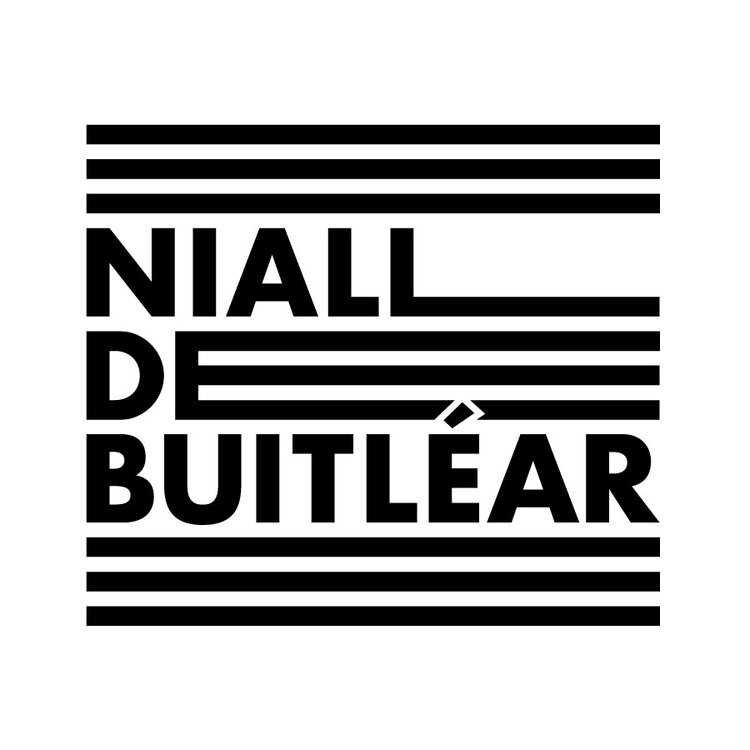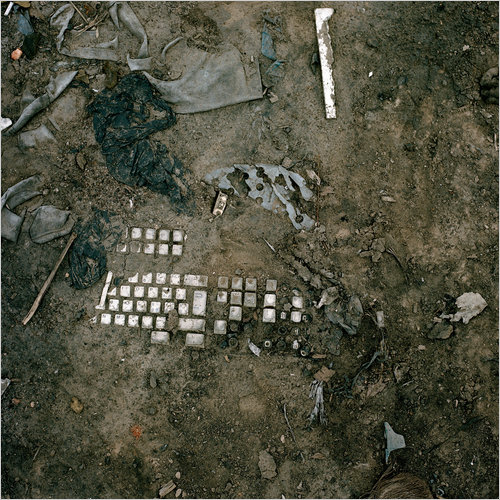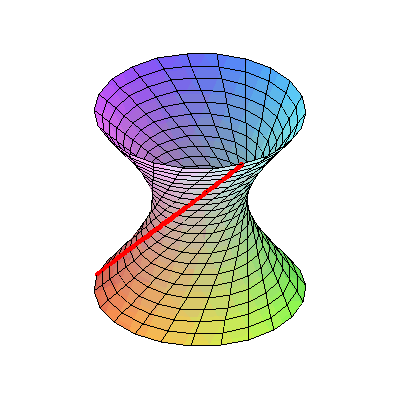There is a piece by Aidan Dunne about Futures 10 in the Weekend edition of the Irish Times. Below is a quote:
Niall de Buitléar’s accomplished sculptures and drawings present elegant, geometric, architectonic forms. They are composed of functional, usually humble materials – corrugated cardboard figures prominently at the RHA – and built up in a slow, methodical, even obsessive way. And they are algorithmic, with simple procedural rules producing big complex pieces. Their forms, materials and methodology refer us to mass production and consumption, and to the patterns underlying organic processes and industrial fabrication.
The full articles can be read here
The Show is also featured in the current issue of Irish Arts Review.
Also here is a short blogpost by Michael Farry about Lost and Found at Solstice Arts Centre which I also have work in.
Update 16 September 2010: There was a short review of Futures 10 by Gerry McCarthy in this weekse Sunday Times. Below is an excerpt:
"Niall de Buitléar's cardboard ziggurats and domes have a mathematical rigour and beauty. Made by repeating identical components in large numbers, they recall the early work of David Mach."
- Excerpt from


 A photo of a partially buried keyboard in a computer dump in Ghana. It is taken from a
A photo of a partially buried keyboard in a computer dump in Ghana. It is taken from a  This animated image shows a structure called a hyperboloid of one sheet. It is a curved form made up of only straight lines and is one of several strucutre discussed in this
This animated image shows a structure called a hyperboloid of one sheet. It is a curved form made up of only straight lines and is one of several strucutre discussed in this 

 , a documentary about the photographer.
, a documentary about the photographer. Francis Alys has made many of his videos available online through his
Francis Alys has made many of his videos available online through his 



